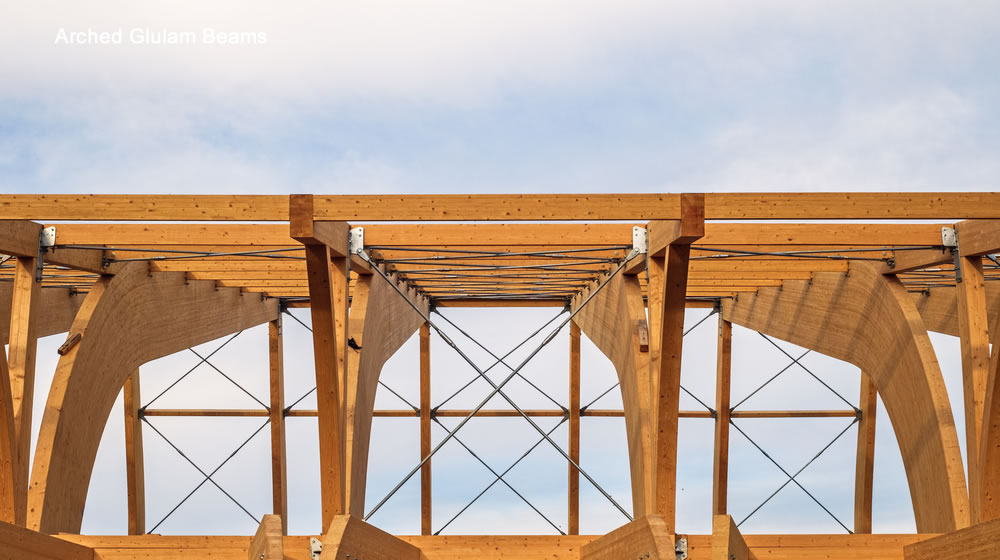
Understanding Material Properties
Glu-lam beams, or glued laminated timber, are a type of engineered wood product where multiple layers of timber are bonded together with durable, moisture-resistant adhesives. This process enhances the natural properties of wood, making it an excellent material for structural applications that require high strength and aesthetic quality. In contrast, steel beams are manufactured from alloys whose primary component is iron, combined with carbon and other elements that provide high tensile strength and durability.
Comparative Strength and Load Capacity
When assessing the strength comparison between glu-lam beams and steel beams, several factors come into play. Steel typically exhibits higher tensile strength, which means it can withstand more stretching force before failing. Glu-lam beams, however, excel in terms of compressive strength—the capacity to bear loads that compress or shorten the material. This makes them particularly effective in vertical load-bearing applications like support columns in buildings.
Flexibility and Versatility
One significant advantage of glu-lam beams lies in their flexibility. The manufacturing process allows these beams to be formed into various shapes and sizes not always possible with steel beams without significant cost implications. Architects and engineers often utilize this characteristic for aesthetically interesting architectural designs or curved structures which would otherwise be challenging to achieve with steel.
Sustainability Considerations
From an environmental perspective, glu-lam is often preferred over steel due to its renewable nature. Wood products like glu-lam sequester carbon dioxide throughout their lifecycle which helps reduce overall greenhouse gas emissions compared to steel production which is energy-intensive and generates a higher level of CO2 emissions. Additionally, glu-lam production requires less energy consumption compared to the fabrication processes for producing steel beams.
Frequently Asked Questions
1. What Are Glu-Lam Beams and Steel Beams?
Glu-lam beams are structural beams made from layers of glued laminated timber, offering flexibility in design and aesthetic appeal. Steel beams, typically made from structural steel or sometimes stainless steel, are known for their high strength and durability, commonly used in heavy-load bearing constructions.
2. How Do the Strengths of Glu-Lam Beams Compare to Steel Beams?
The strength of glu-lam beams can vary based on factors like the grade of the timber and adhesive quality. Generally, steel beams have higher tensile strength and load-bearing capacity compared to glu-lam beams. However, glu-lam can be engineered to meet specific strength requirements and is effective for large spans in architectural applications.
3. What Are the Advantages and Disadvantages of Using Glu-Lam vs. Steel Beams in Construction?
Glu-lam beams offer aesthetic versatility, environmental benefits due to being a renewable resource, and good insulation properties but might require treatment against moisture and pests. Steel beams provide exceptional structural integrity, resistance to fire, and minimal maintenance but can be costly in terms of material and transportation due to their weight. Additionally, steel's production has a higher environmental impact compared to timber.